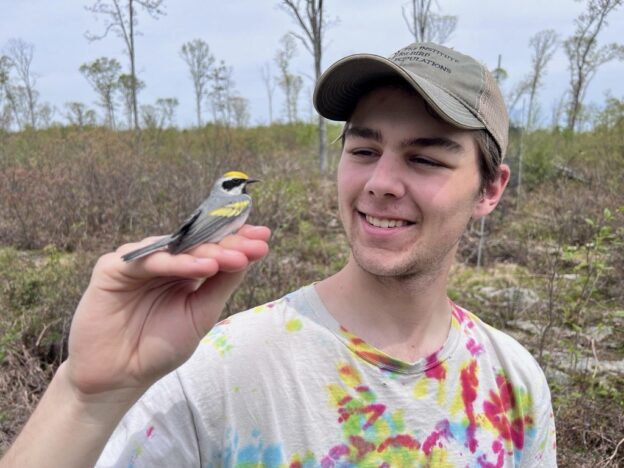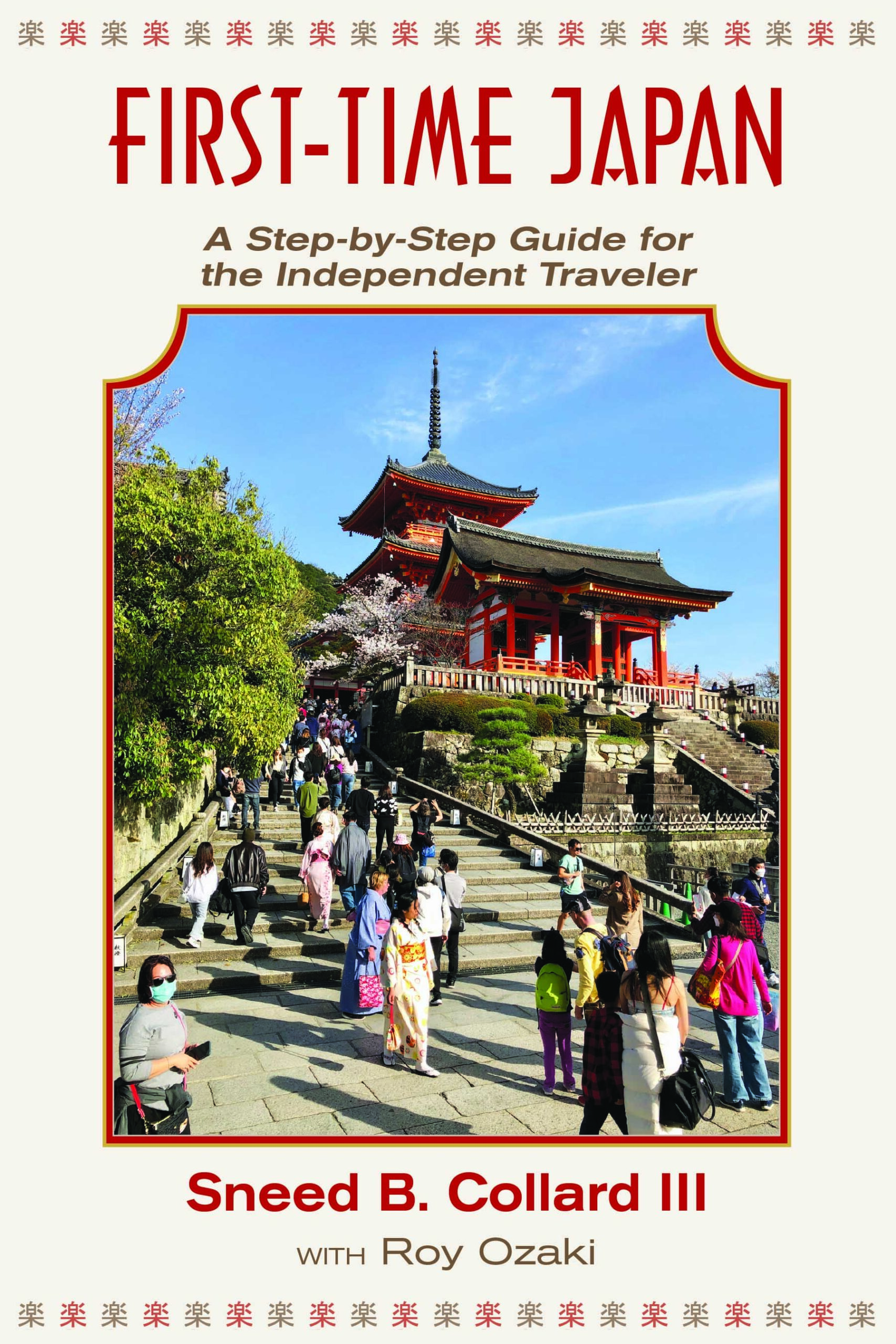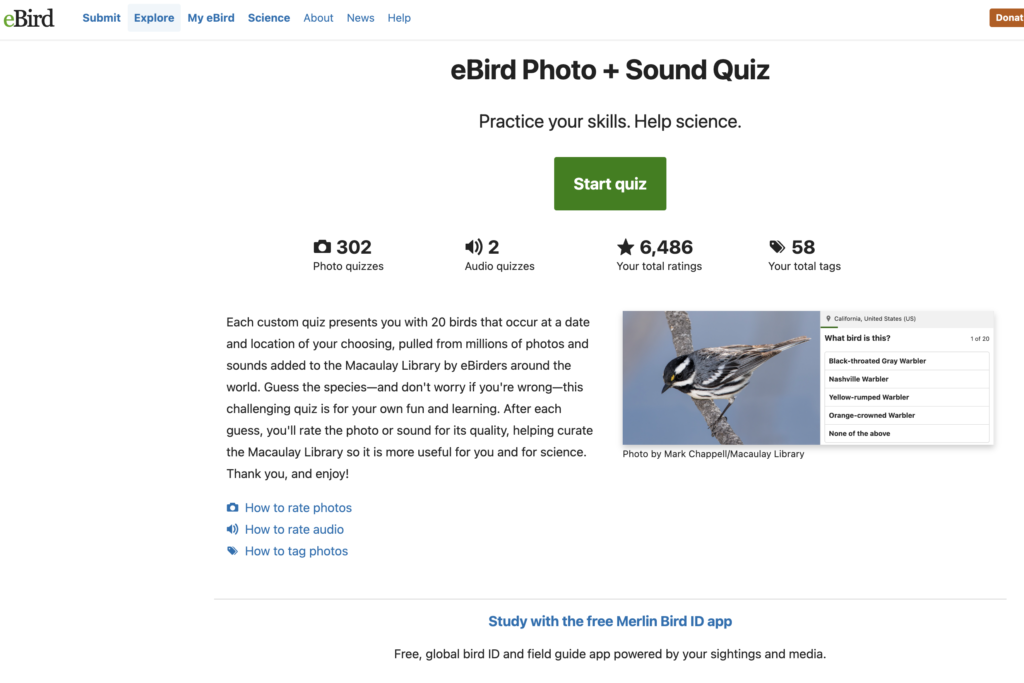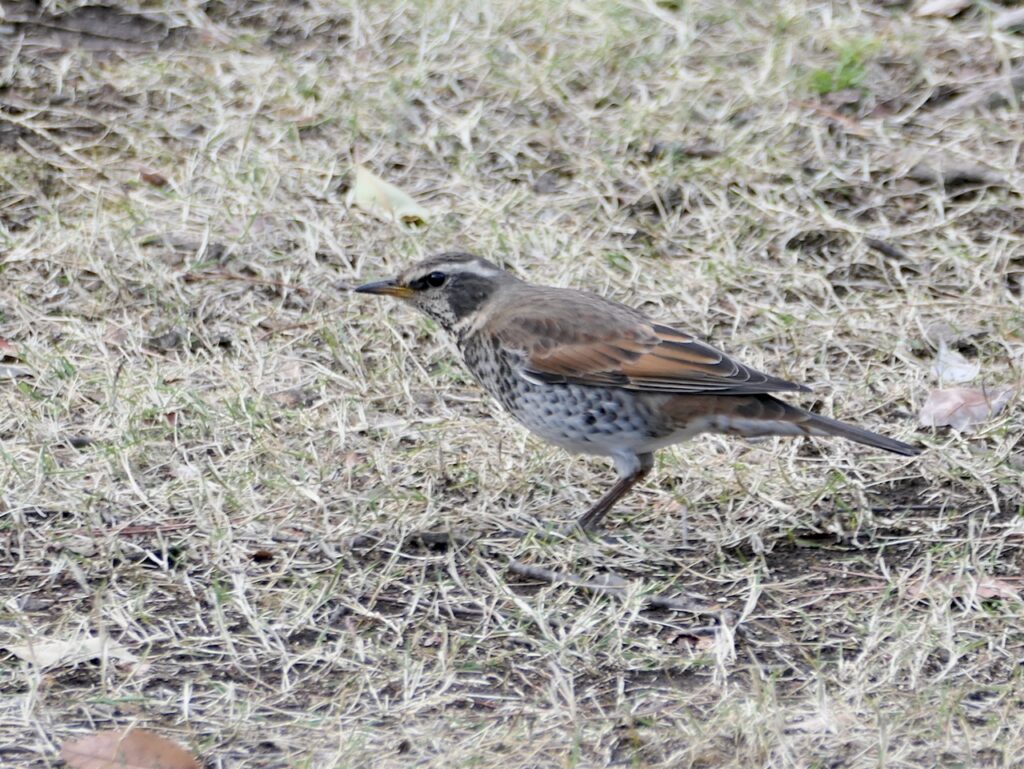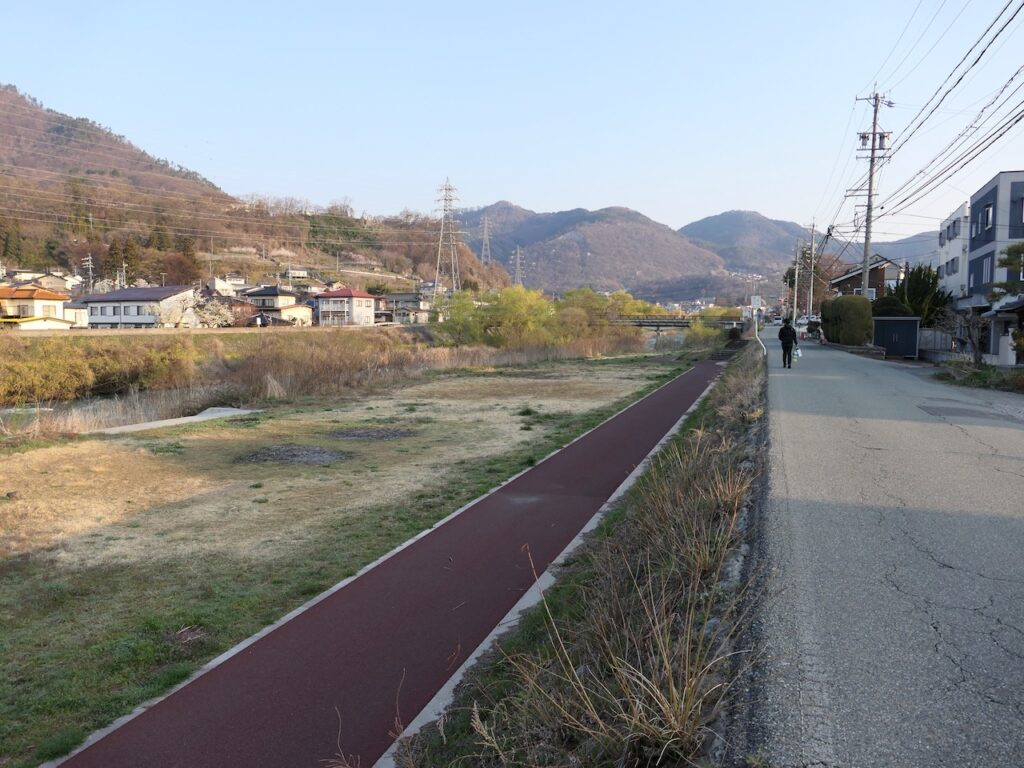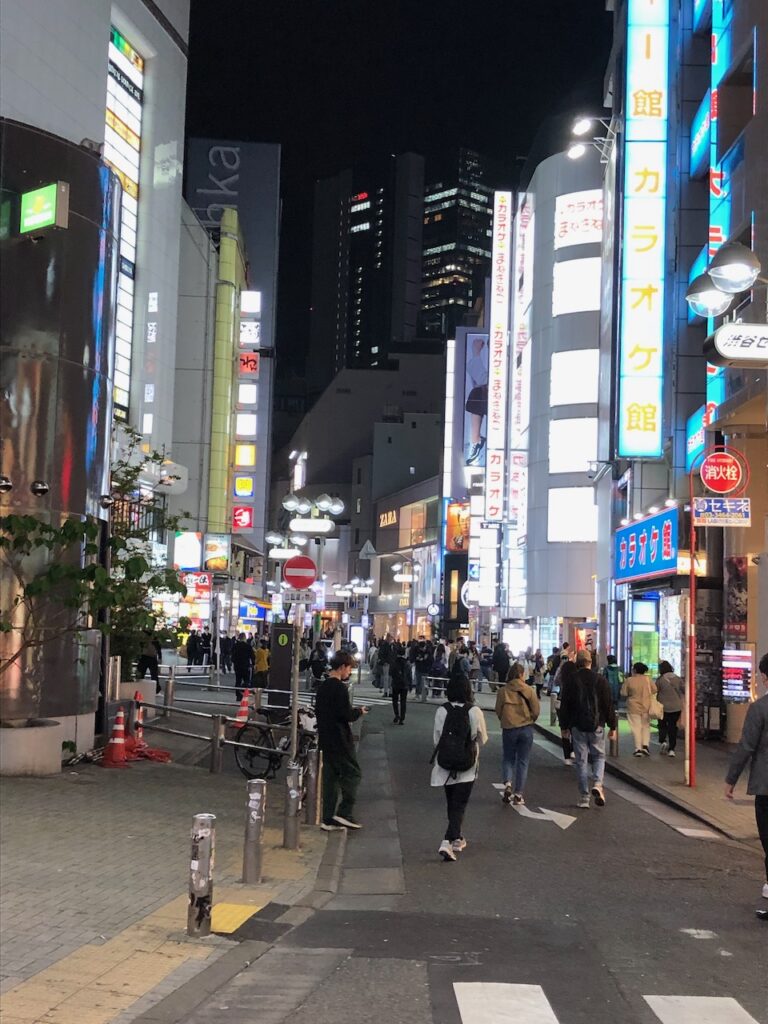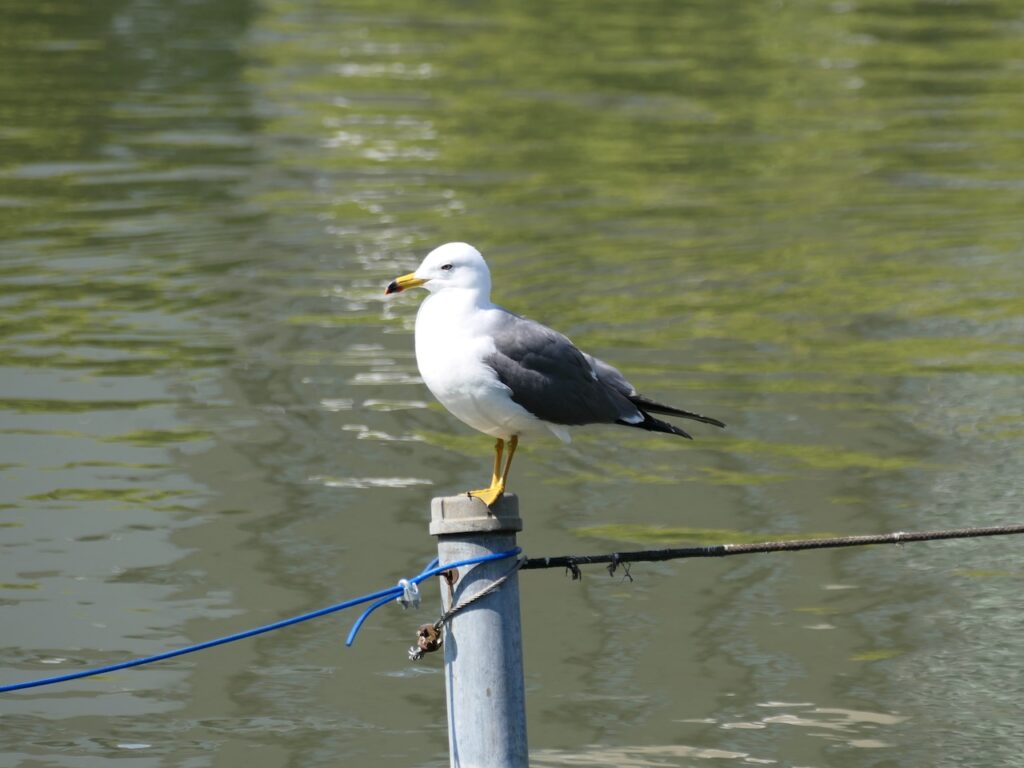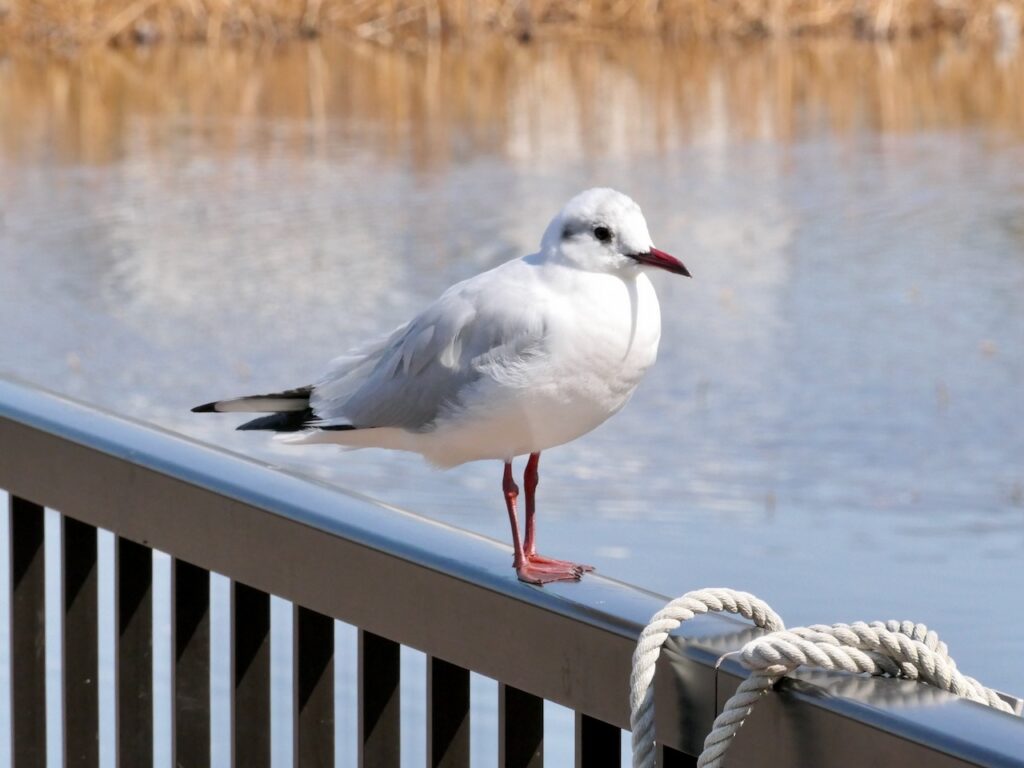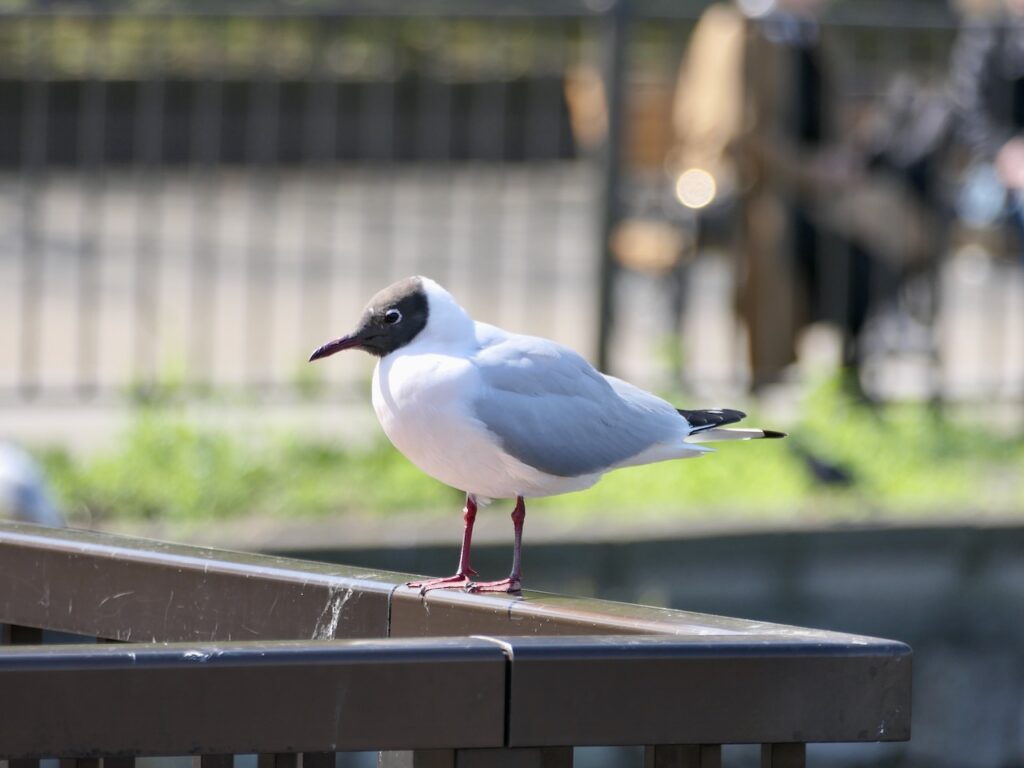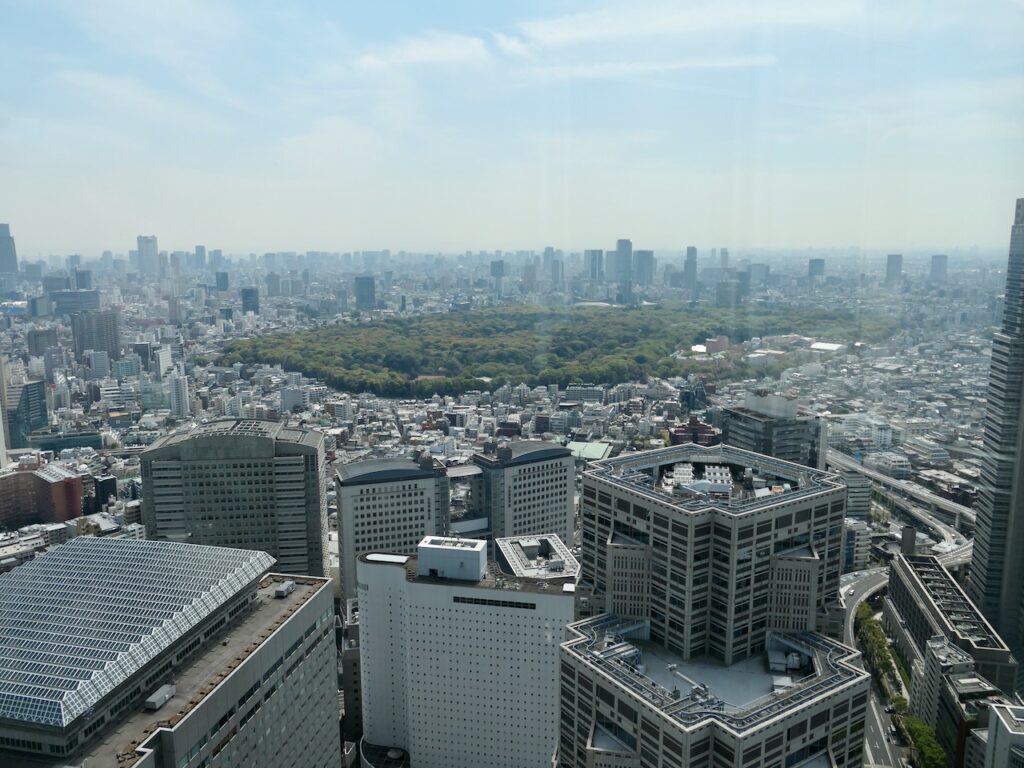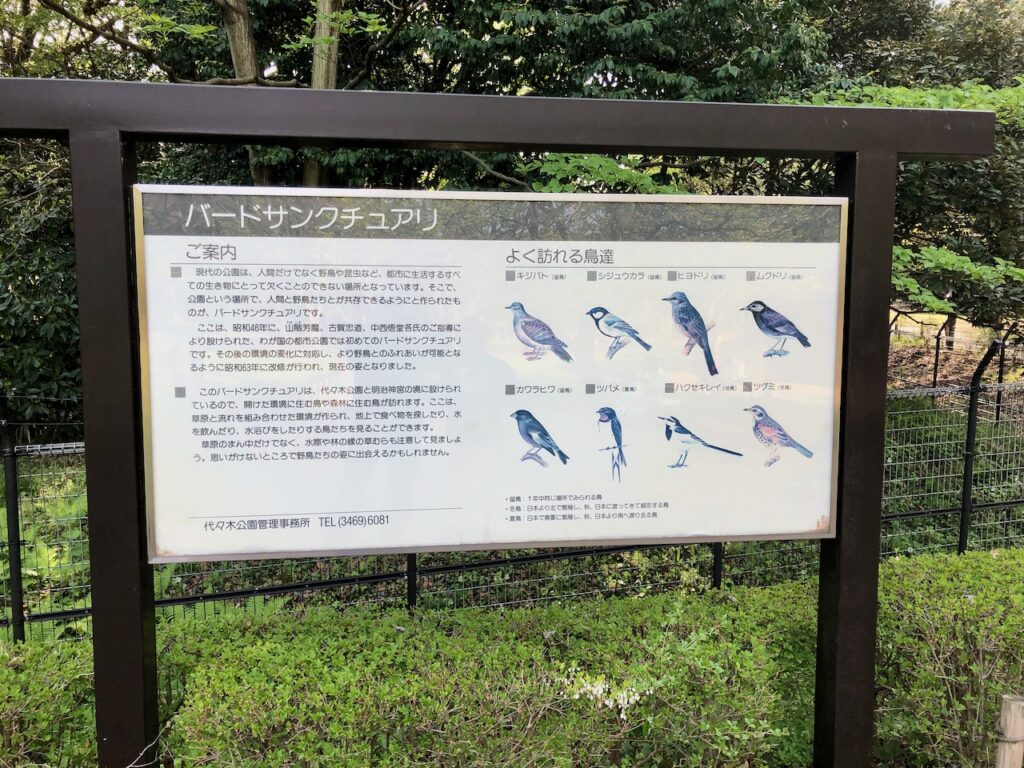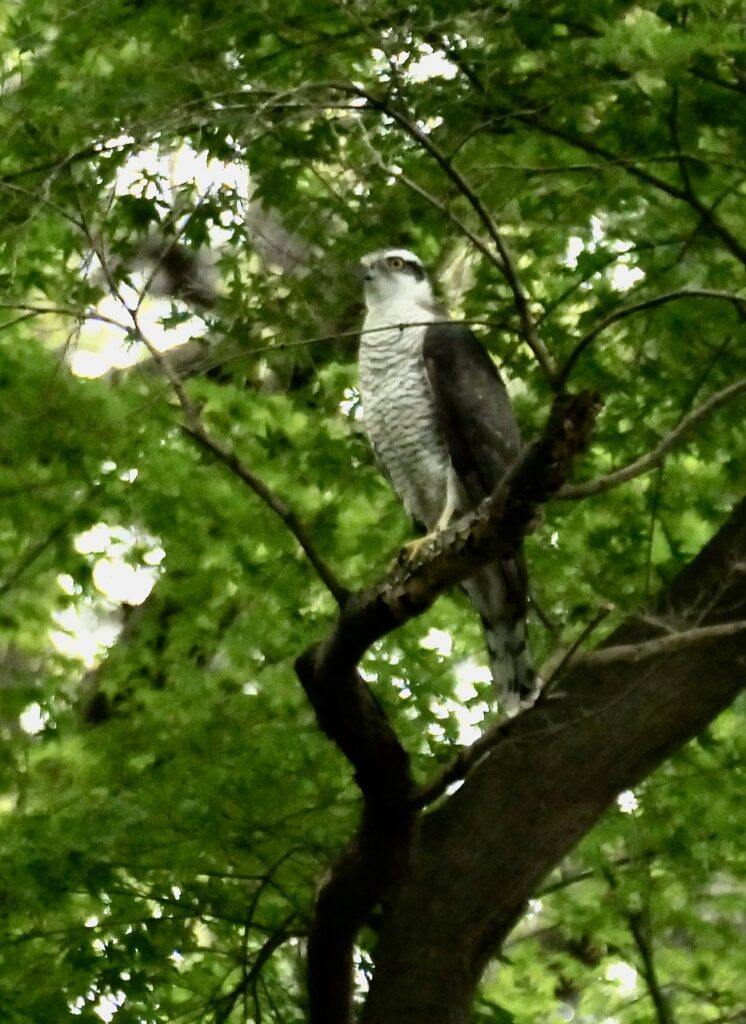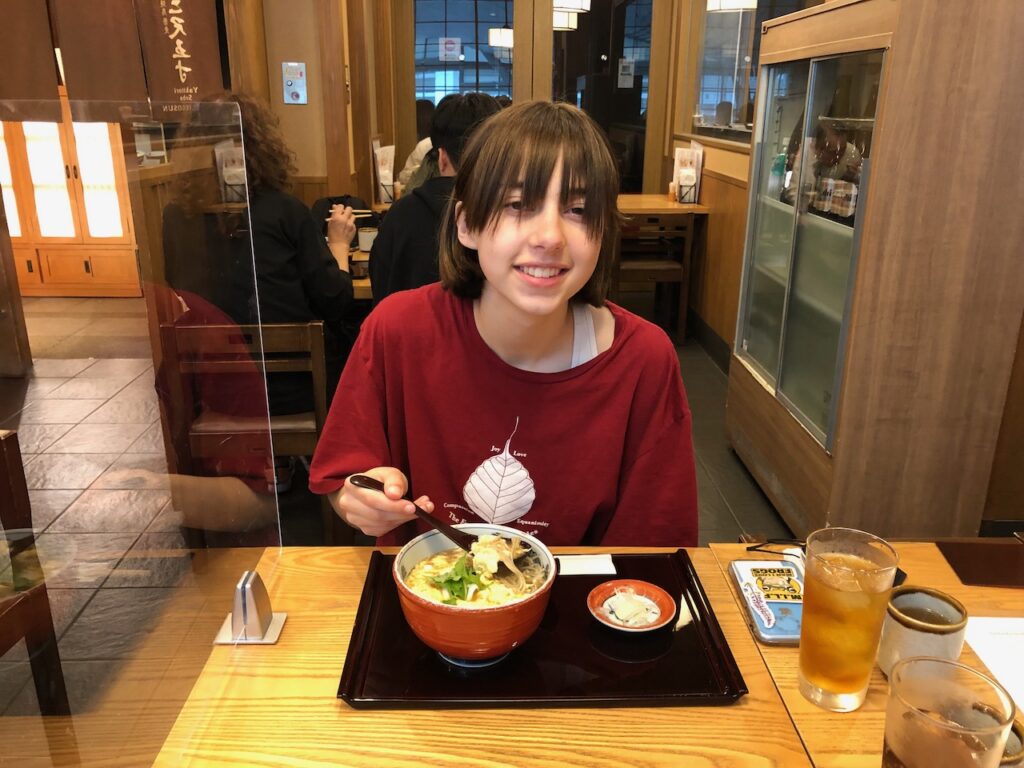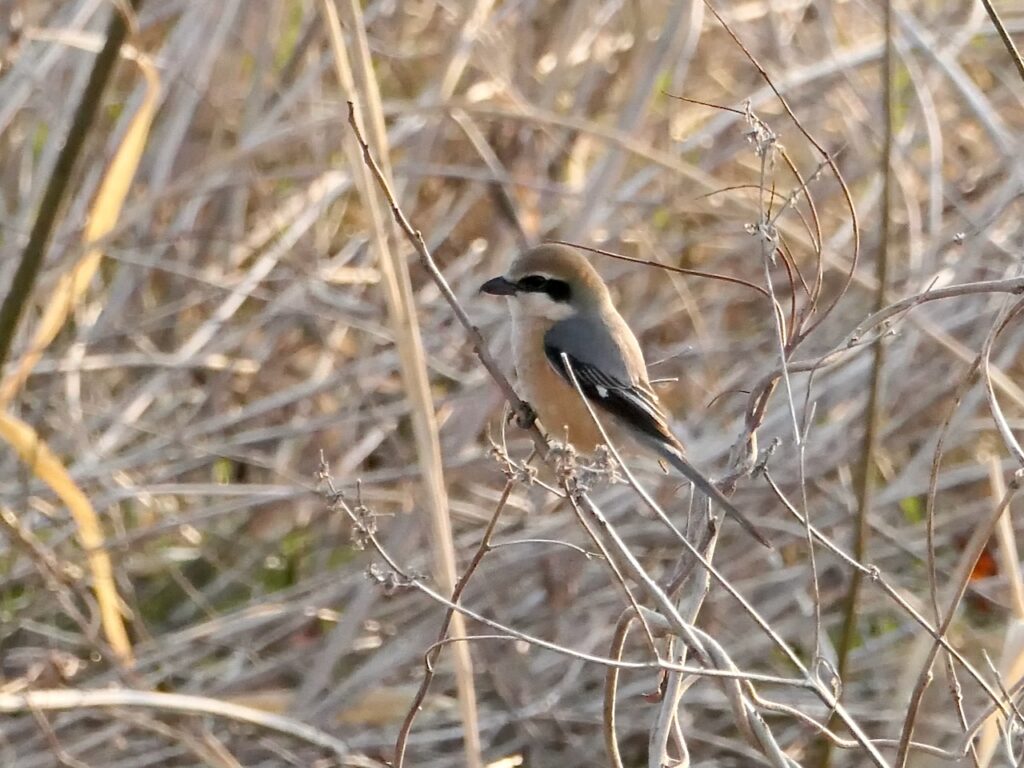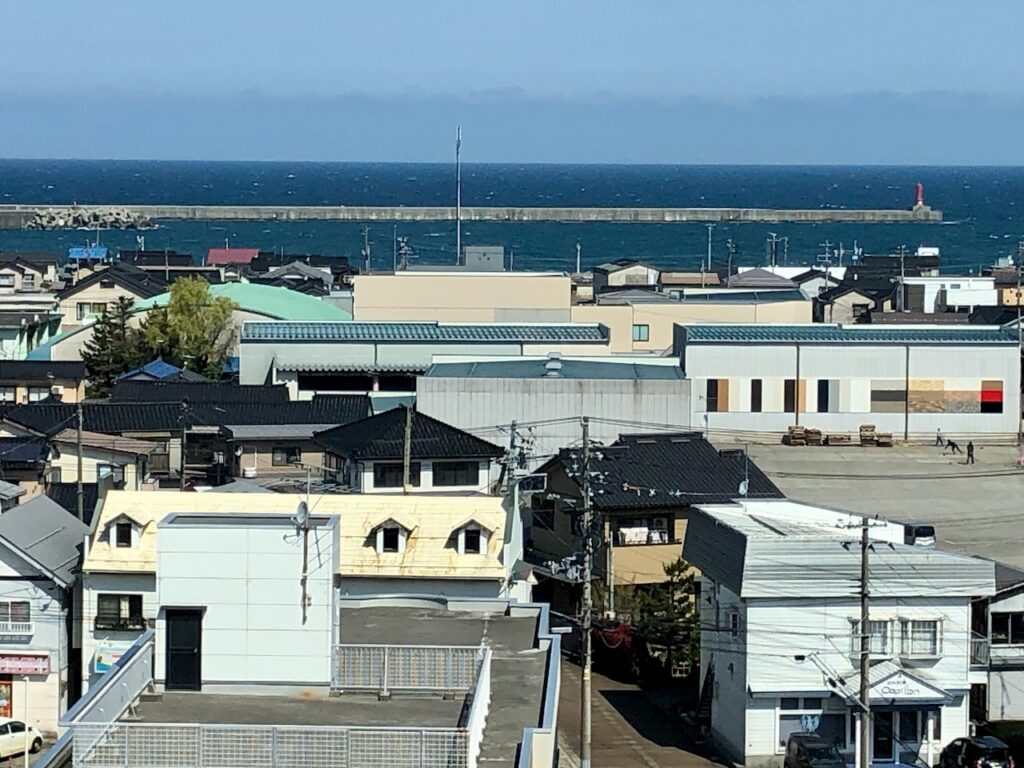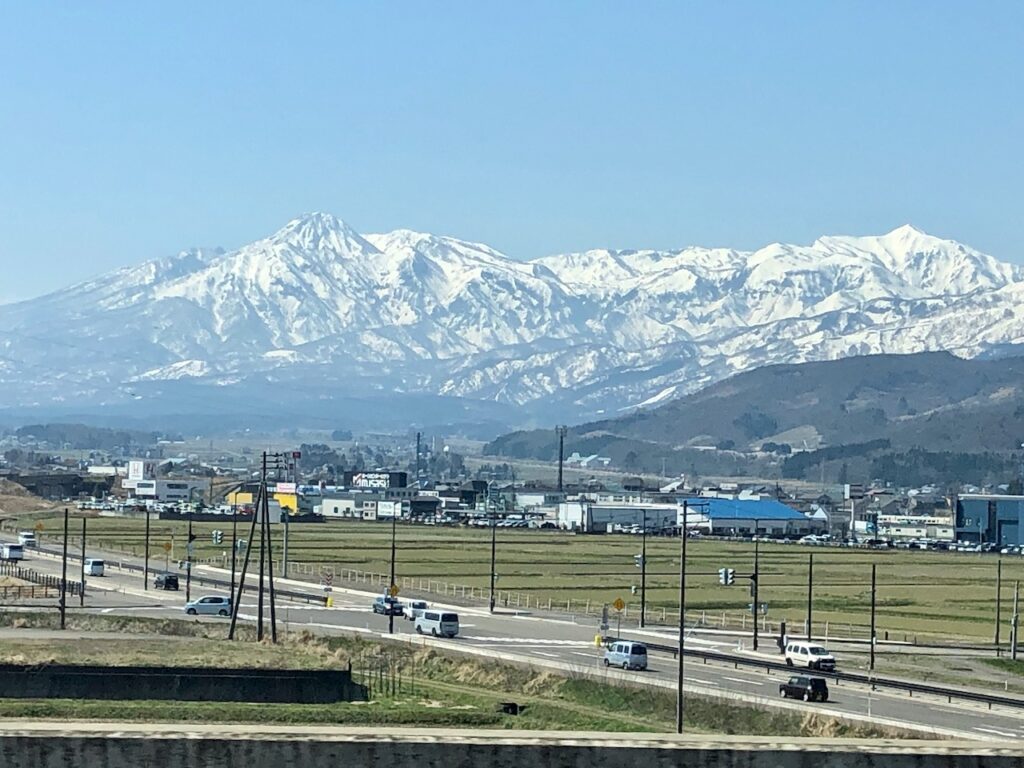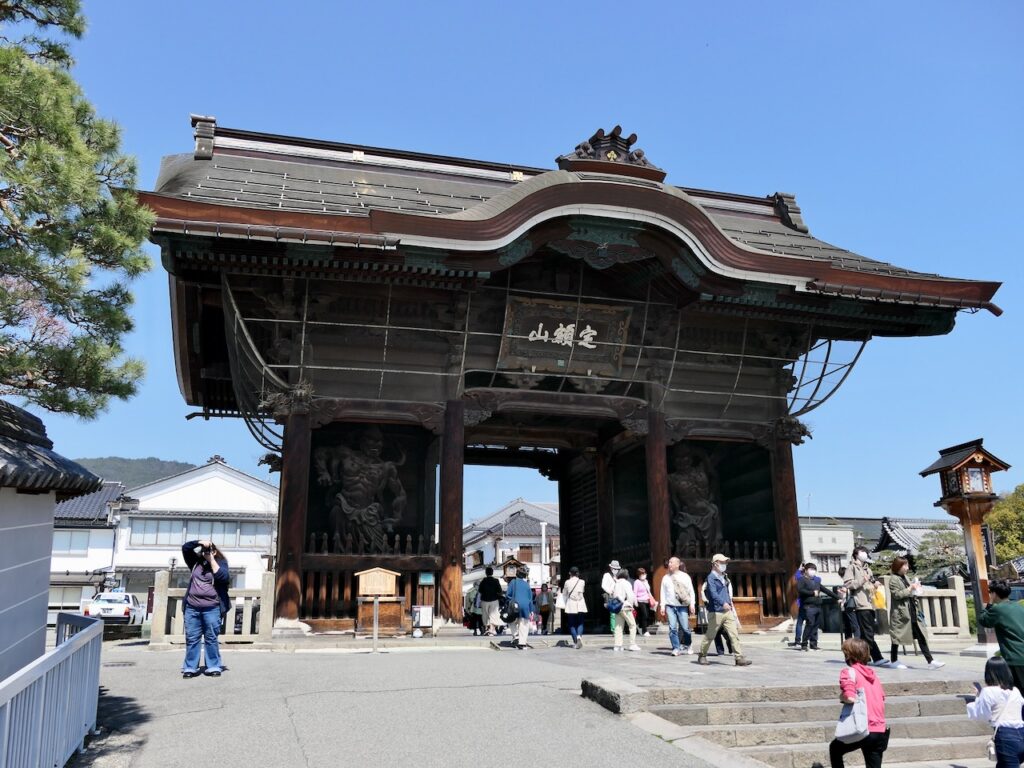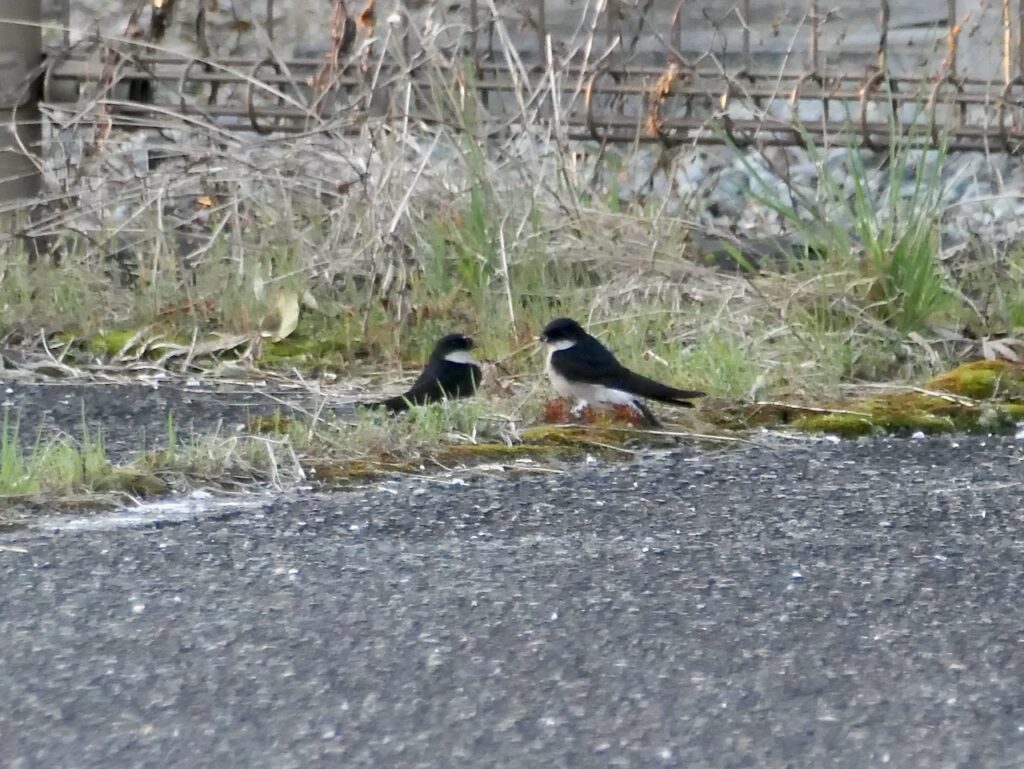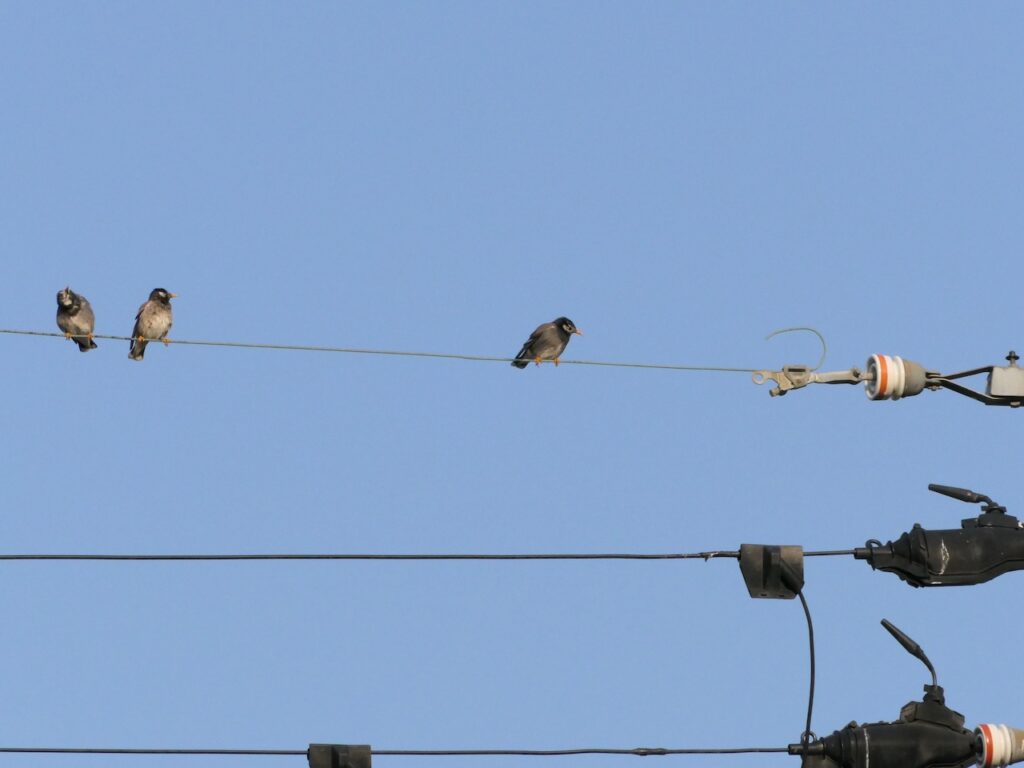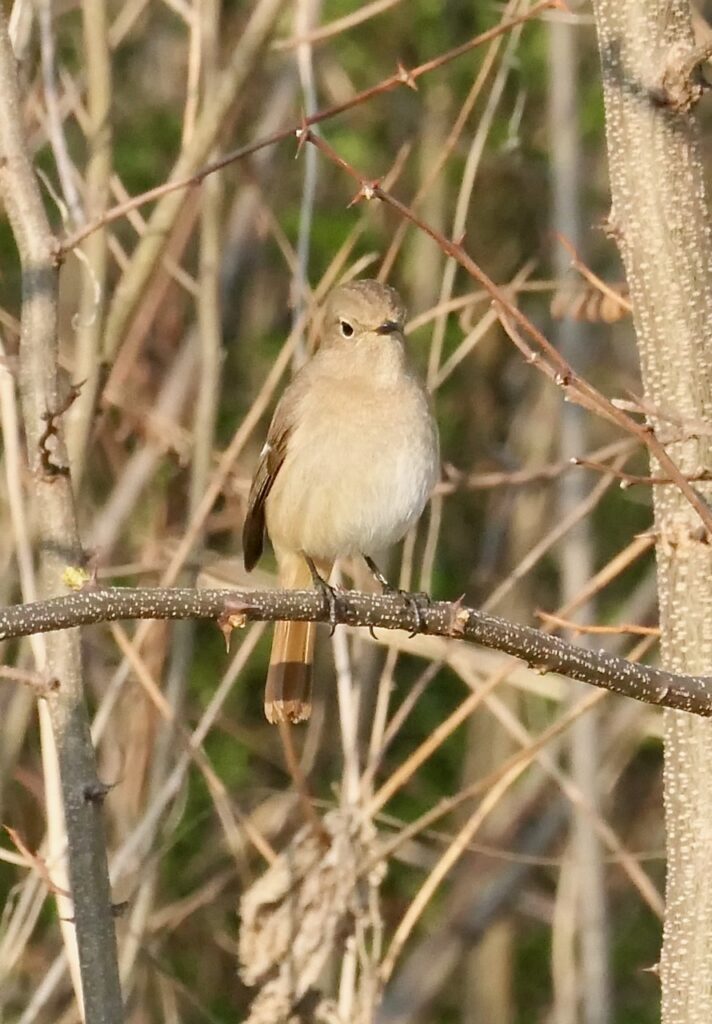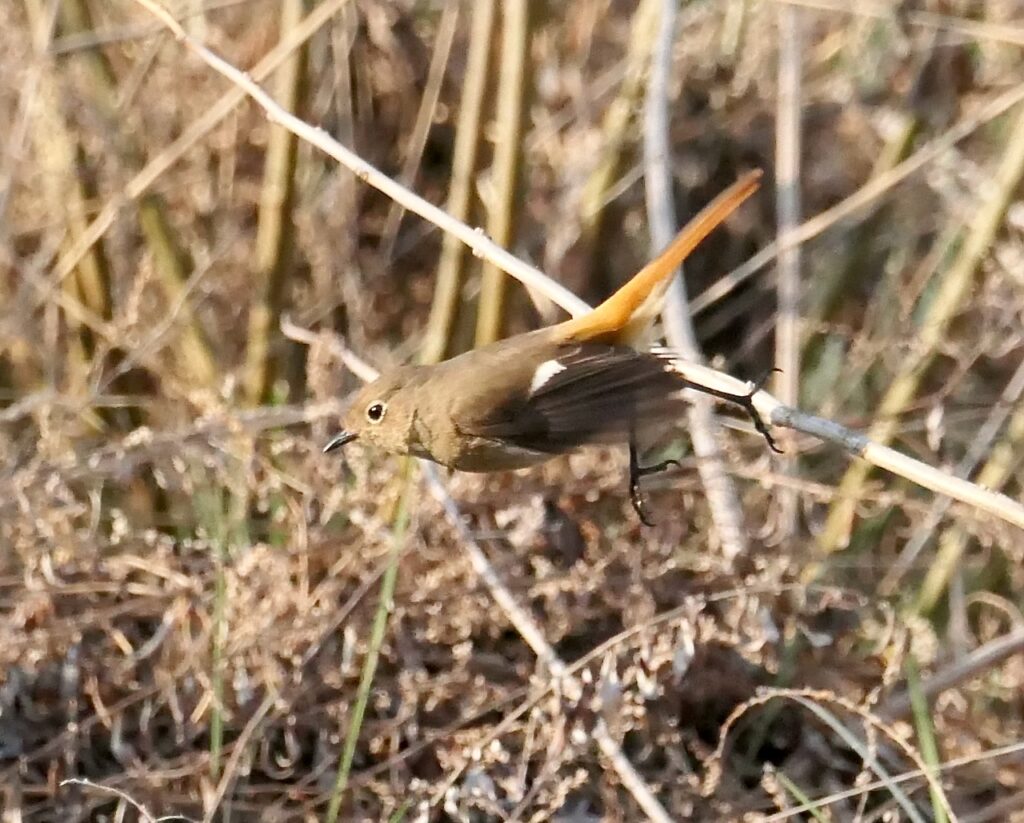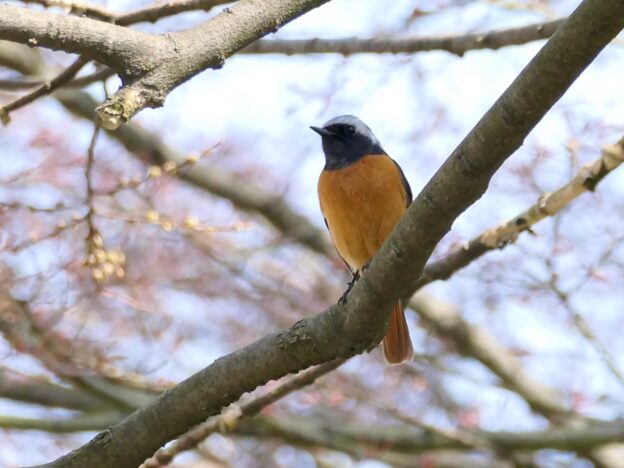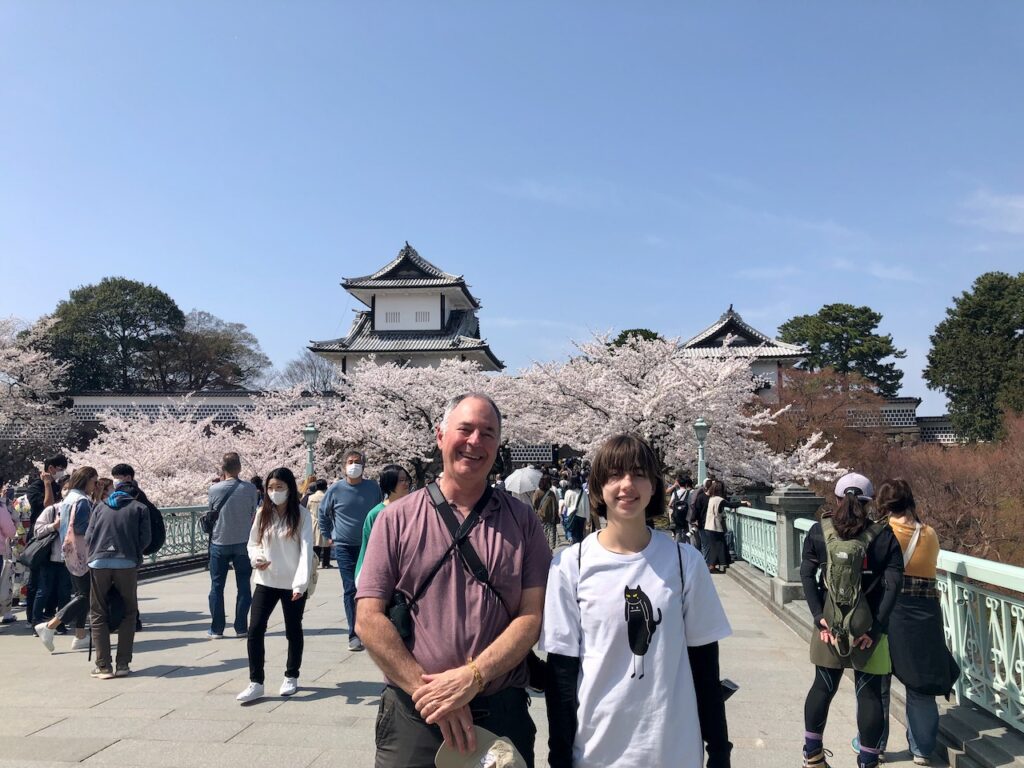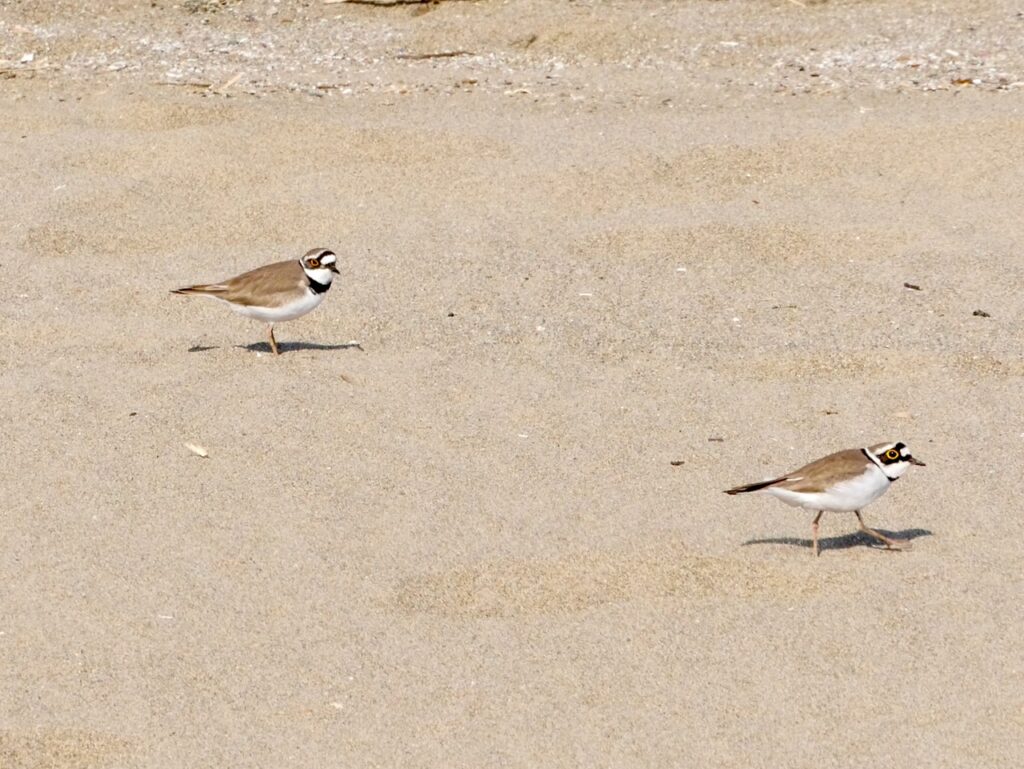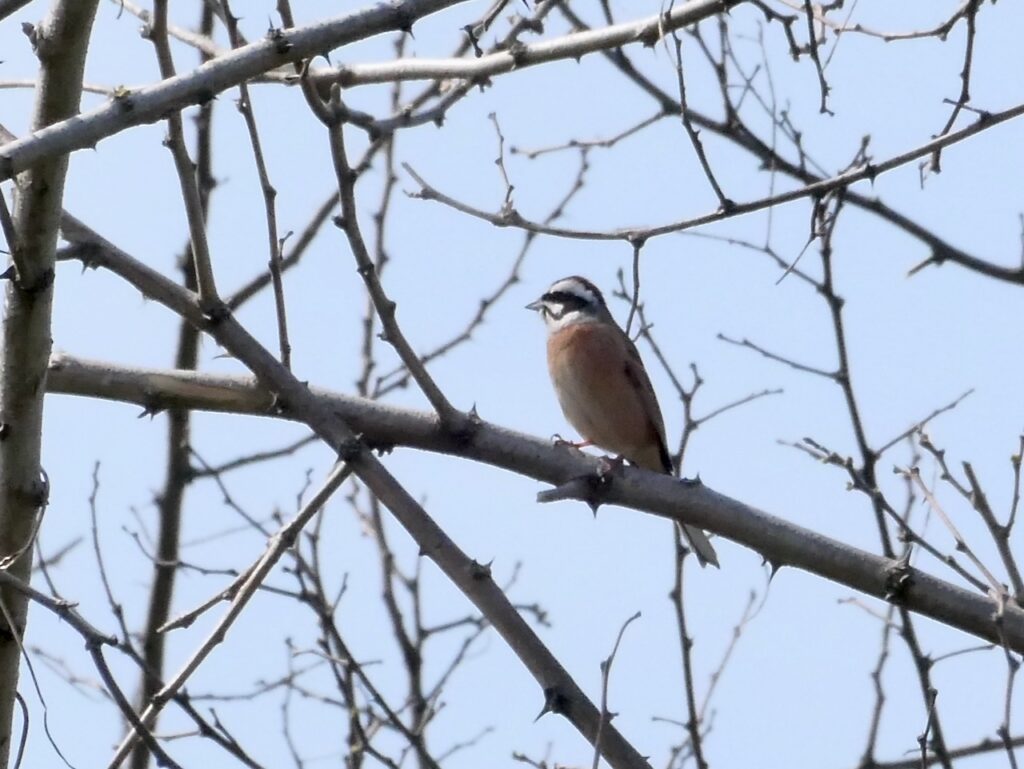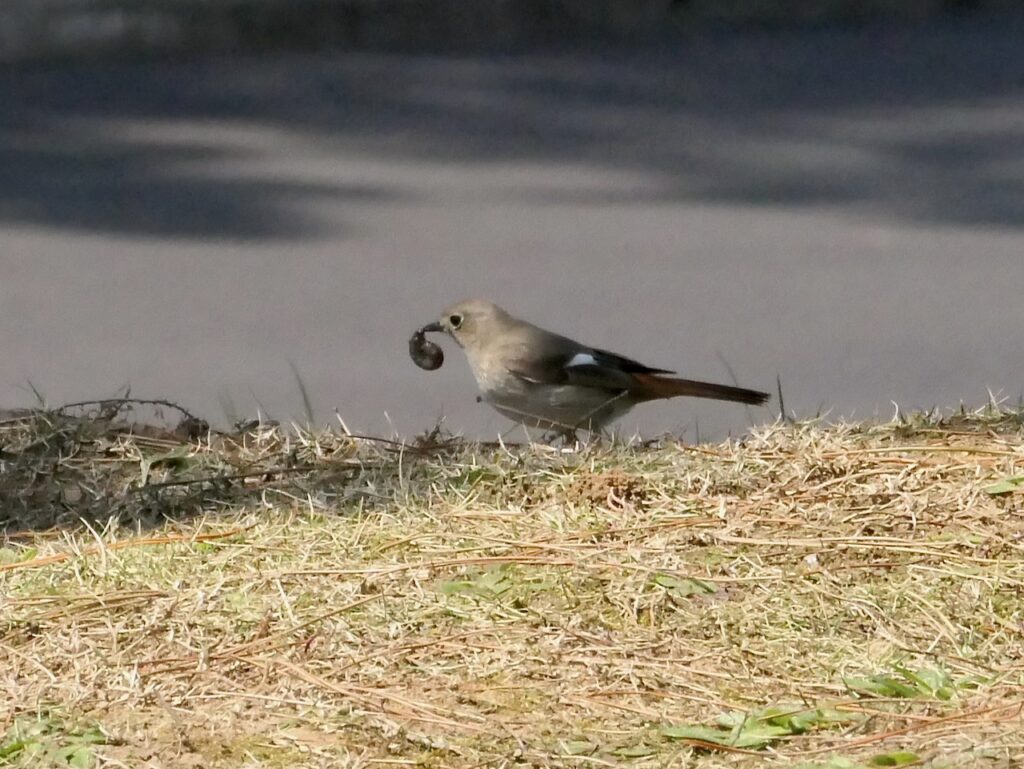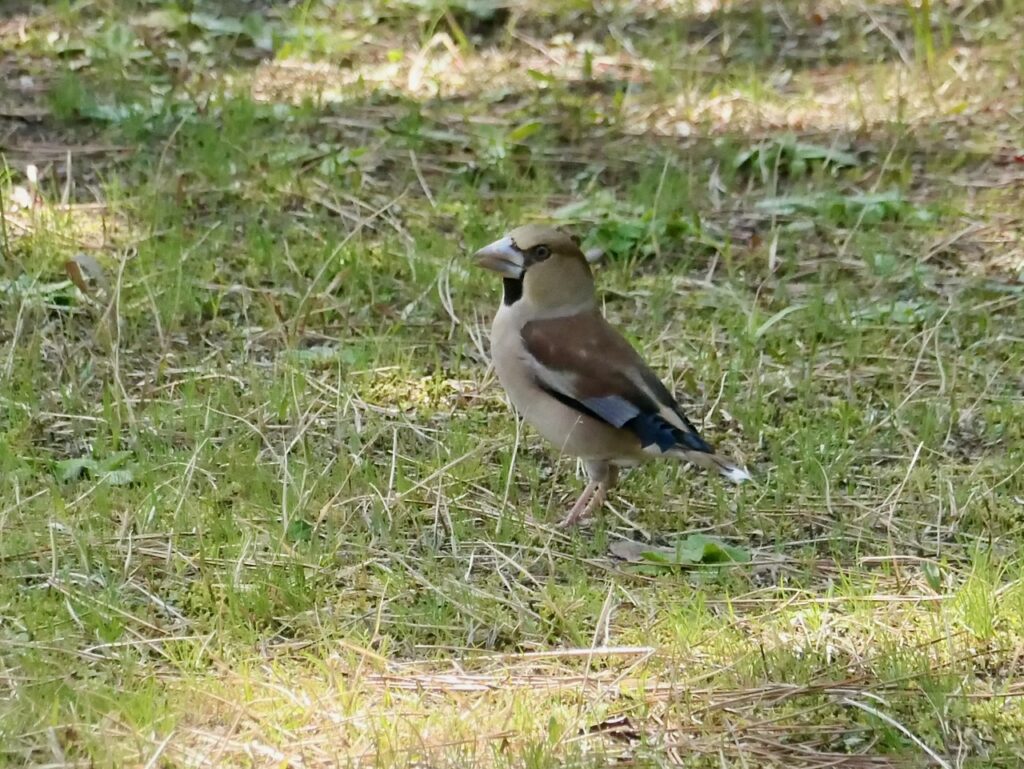2023 proved to be another wildly surprising year for the FatherSonBirding team. Not only did Braden and I see birds we never dreamed we’d see, but birding opportunities and the enthusiasm of our loyal FSB followers exceeded every expectation. But first, some 2023 stats:
Blogs Posted: 32
FSB Views: 9,361 (easily eclipsing last year’s record of 7,185)
Most Viewed Post: Avian Reveal: Our Five Picks for New Bird Names (598 views)
In addition to the above stats, we surpassed 30,000 lifetime blog views and have now published 174 posts since we began FSB in 2018. Even though this is far short of what is required to annoy you with paid advertisements, it’s still remarkable to us. When we began FSB, Braden and I thought we might keep at it for a year or two at most. Now, almost six years later, FSB has actually generated a body of work that we are immensely proud of. It’s been a way for us to share our adventures, promote birding, and connect with other birders. It’s also been a fun vehicle for educating others about birds and bird conservation. So let’s get to 2023’s highlights for each of us.
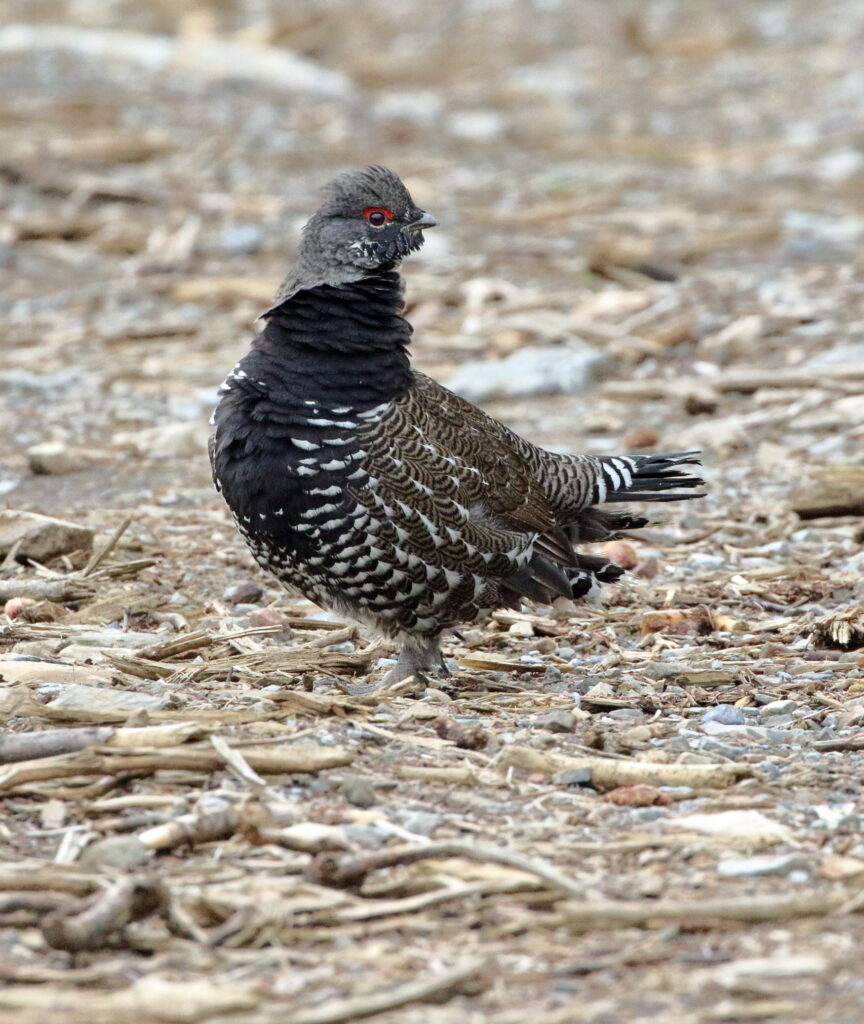
Sneed’s 2023 Birding Highlights
Japan: Without a doubt, my biggest highlight of the year was taking my daughter, Tessa, to Japan for three weeks. Together, we created a lifetime of memories in a country we loved even more than we thought we would. As you all discovered with my posts about Tokyo, Kyoto, Kanazawa, and other places, I got in plenty of birding, adding 28 species to my Life List and getting to know more than fifty species of common Japanese birds. (Note that Kanazawa is near the epicenter of this morning’s 7.5 earthquake. We are thinking of all of you over there, and hope everyone is safe!)

Birding Eastern Montana: Thanks to assignments from Montana Outdoors magazine, I had the opportunity to drive out to Westby with my childhood buddy, Scott Callow. We not only hit hotspots such as Bowdoin NWR, Plentywood, Makoshika SP, and Bear Canyon, we had a wonderful visit with FWP biologist Heather Harris who took us on an up-close-and-personal visit to some of Montana’s healthiest short-grass prairie. There, we got my best looks ever at Sprague’s Pipits, Chestnut-collared Longspurs, and other prairie residents.
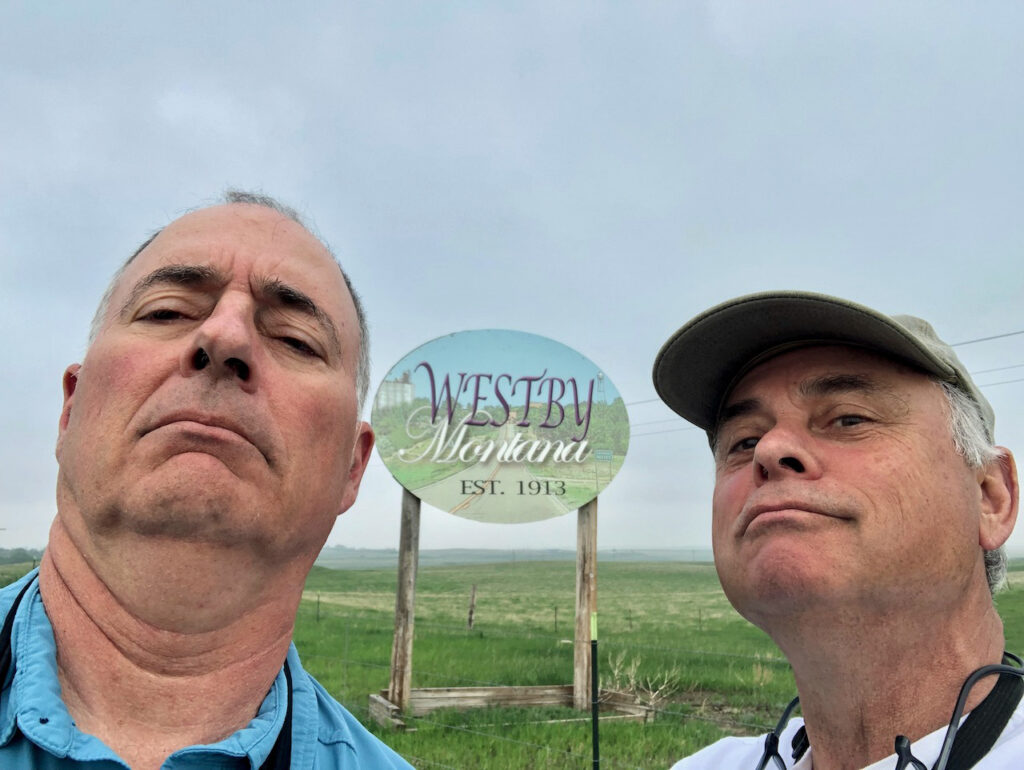
Adding Montana Lifers: While in Westby, Scott and I saw my first Piping Plover in Montana, but during the rest of the year—and with the help of other Montana birders—I also added three species to my all-time worldwide Life List: Sagebrush Sparrow (Bear Canyon), American Golden-plover (Mission Valley), and Spruce Grouse (Mission Mountains).
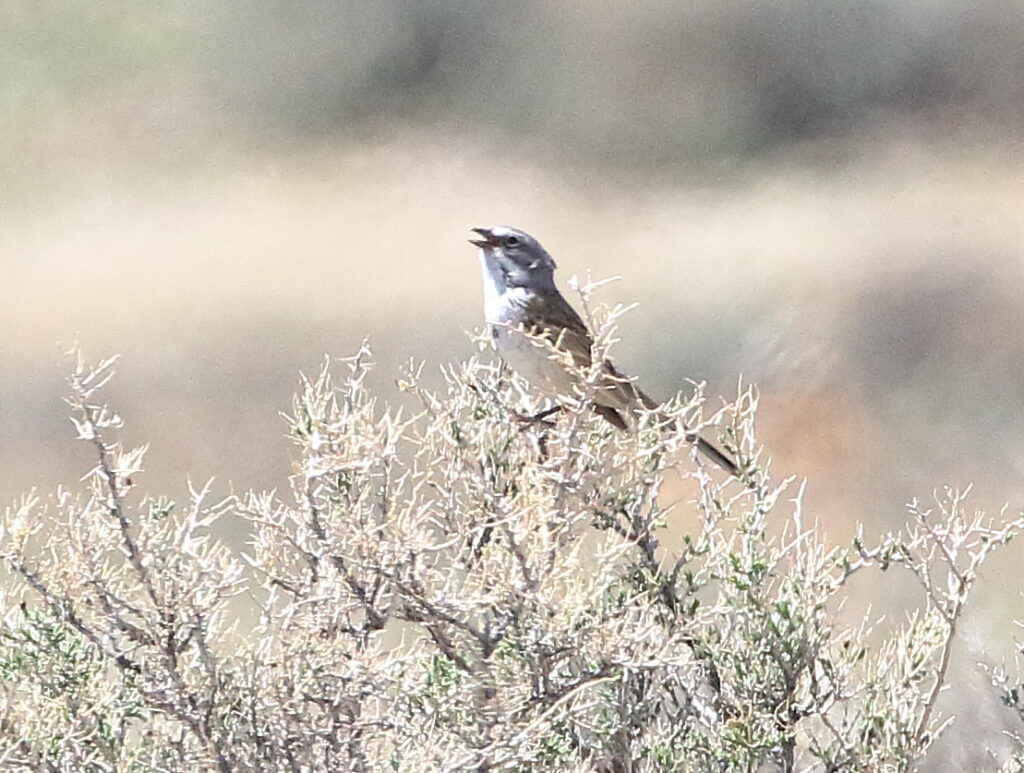
In addition to the above highlights, Braden and I got to bird together several times, including a breakneck trip to Glacier NP with our buddy, Nick Ramsey. I also had the pleasure of meeting a lot of other Montana birders at Wings Across the Big Sky and the meeting of Flathead Audubon. At the beginning of 2023, I had entertained visions of breaking my Montana Big Year record with my work trips to eastern Montana—but didn’t. I came close, however, racking up 253 species, including my last two: Short-eared Owl and Northern Shrike on Braden’s and my last big Montana outing. And now . . .
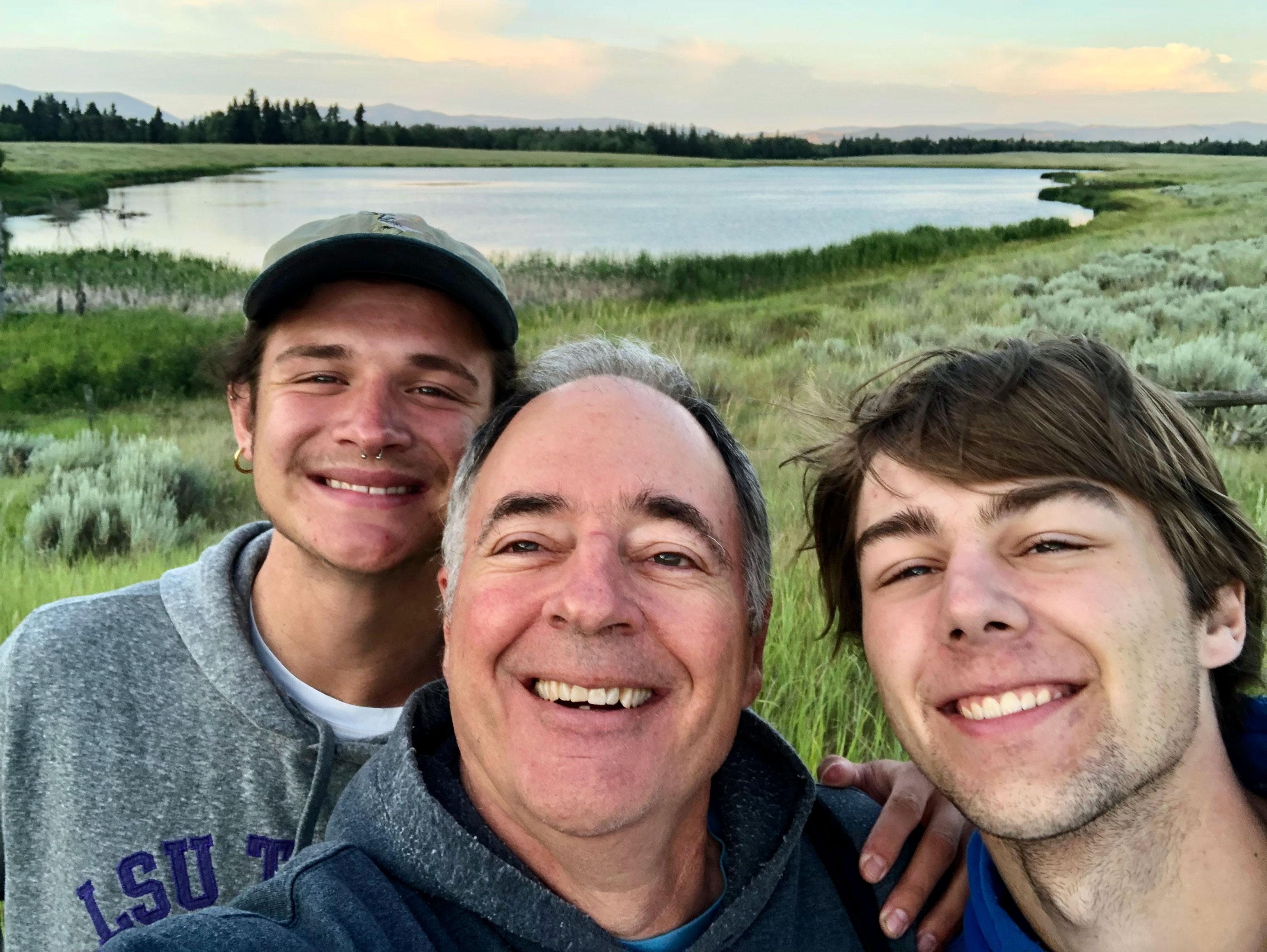
Braden’s 2023 Birding Highlights
Eastern Songbirds: A long-time goal of mine has been to learn the eastern songbirds, specifically the eastern wood-warblers, by ear. This summer, thanks to my job doing point counts in the woods of northeastern Pennsylvania, I succeeded at that goal, solidifying nearly two dozen warbler songs in my mental repertoire, including those of Magnolia, Canada, Mourning and Golden-winged Warblers. Beyond that, I got to spend all of May and June, and some of July, romping around the forests of the Appalachians, learning about the ecology of all of these species. I fell in love with Golden-winged Warblers, with their specialized habitat needs and endearing personalities, and came to know not only the species of birds in these forests, but also the trees the birds were using. Highlighted by a trip to Cape May and a trip to the Adirondacks, my summer in Pennsylvania may have taught me more about the natural world than any summer I’ve lived through yet!

Western Field Ornithologists Conference: In July, I said goodbye to my co-workers and the woods of Pennsylvania and flew across the country to Denver, Colorado, where I was picked up by one of the members of the board of Western Field Ornithologists (WFO). There started my week-long, high-energy stay in the alpine zone of Colorado, where I proceeded to not only see hordes of birds (including two lifers, Virginia’s Warbler and Brown-capped Rosy-finch) as well as meet a variety of people of all ages, who had converged at the WFO annual conference thanks to their passion for birds. During this conference, I got to hang out with a squadron of young birders from California and meet people like David Tonnessen, a native Coloradan guide, Nathan Pieplow, one of North America’s leading experts on bird sound, Ted Floyd, the editor of Birding magazine, Chris Wood, one of the founders of eBird, and Jesse Barry, one of the lead developers for the Merlin app. It was a whirlwind week, during which I bushwhacked through alpine tundra in search of White-tailed Ptarmigan and Dusky Grouse (only the latter of which we saw), scoped distant prairie potholes for shorebirds, and trekked through spruce-fir forest in the dark of night in an attempt for Boreal Owl. I’ll be sure to attend more of these conferences, whenever I am able to!

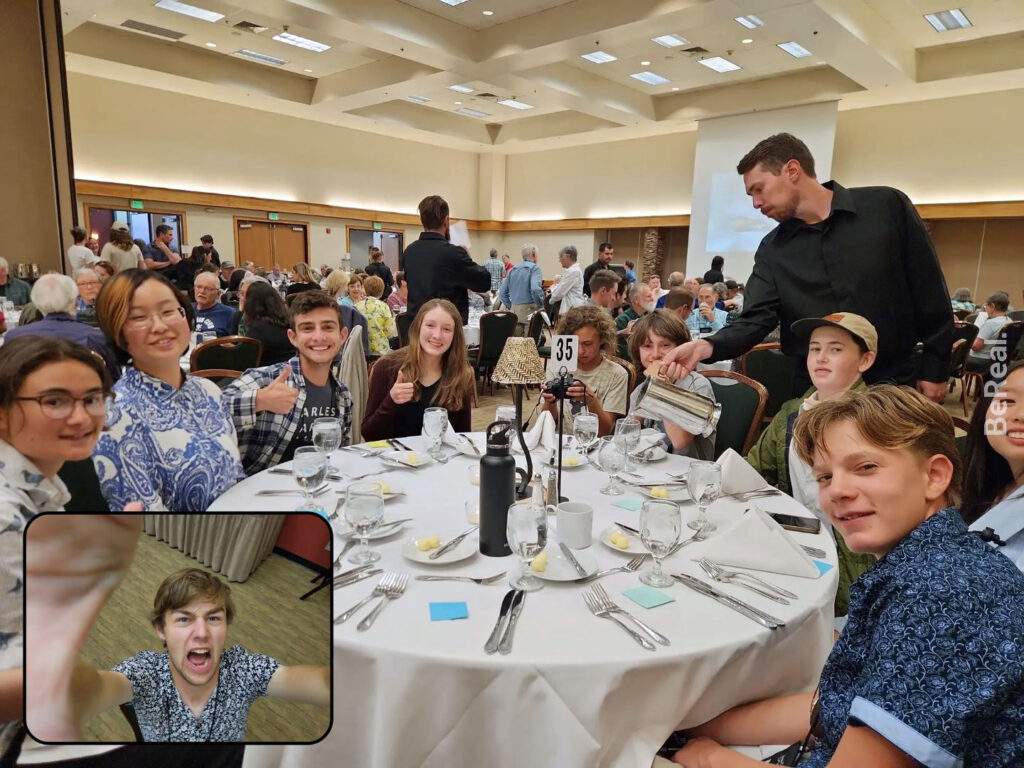
Starting the UMaine Birding Club: Last semester, several people told me that if the University of Maine had a Birding Club, they would join. This year, after a few MORE people told me that, I just decided to buckle down and start one. Our first meeting, which took place on September 14th, was a raging success, with more than thirty people filling the classroom I’d reserved to hear me give my elevator pitch for the club. After a ten-minute talk, we headed out across campus in search of fall migrants, which we found in the form of a Ruby-throated Hummingbird and several Cape May Warblers. The rest is history. I put on twelve meetings this year, and led twelve outings as well. I made sure that our meetings were diverse, with some days featuring guest lectures about bird jobs or indoor bird scavenger hunts and others pitting club members against each other in Bird Jeopardy. My personal favorite was a thirty-minute talk I gave on everything wrong with the state birds, and we finished out the year last Thursday with a movie night featuring The Big Year. Our outings, highlighted by one trip to Sebasticook Lake and another to the coast, tallied ninety total species, including Sandhill Cranes and an American Goshawk, which both became “Bird of the Day” on their respective trips. Overall, starting a Birding Club was one of the most meaningful things I’ve ever done and I can’t wait to jump back into it next fall—after I’ve returned from studying abroad in Costa Rica!

So that’s a wrap, people. Braden and I want to thank you for tuning in and sharing your enthusiasm with us, and we hope that 2024 brings you a rewarding year of seeing, learning about, and protecting the animals we all love.

